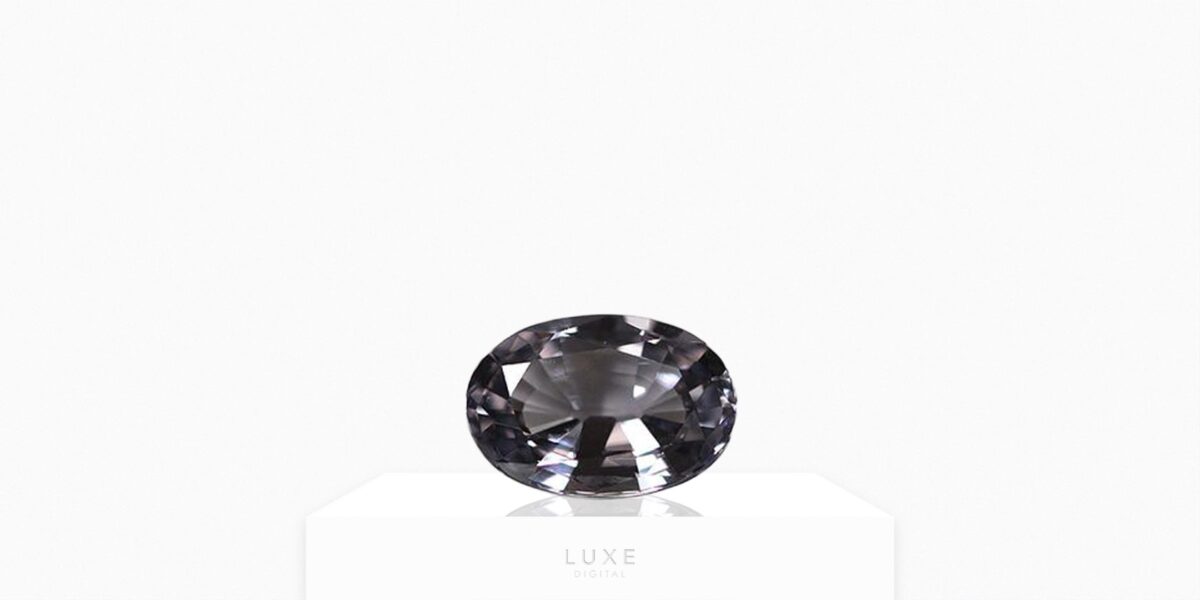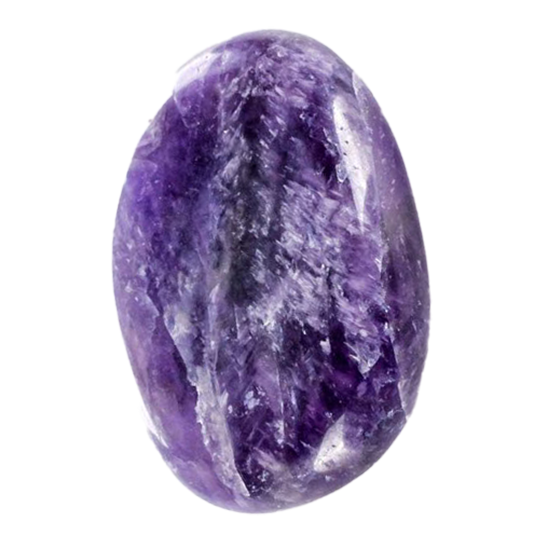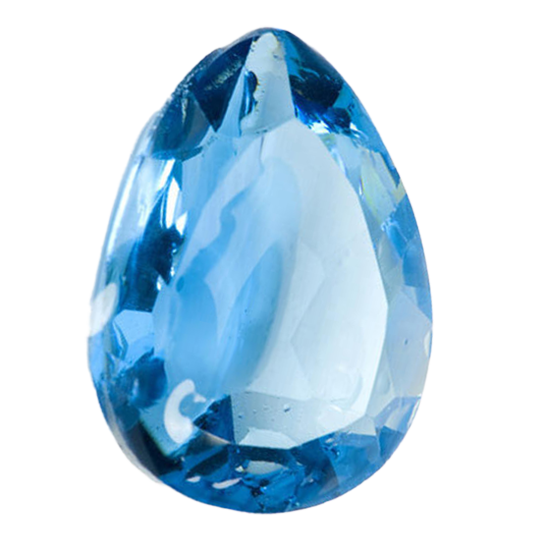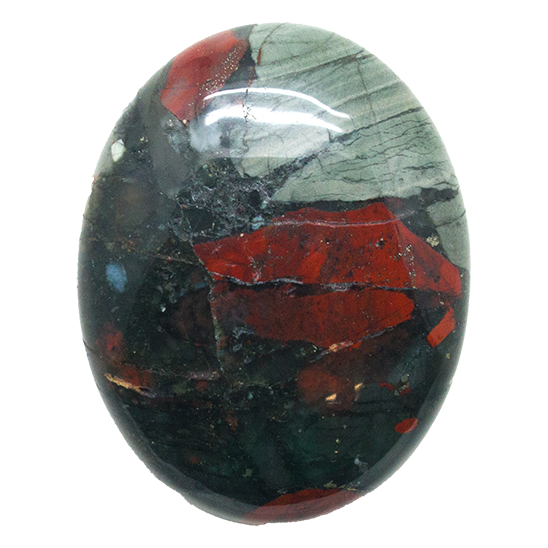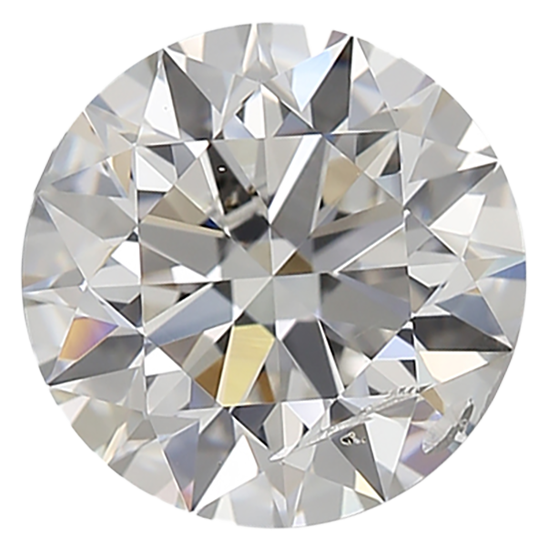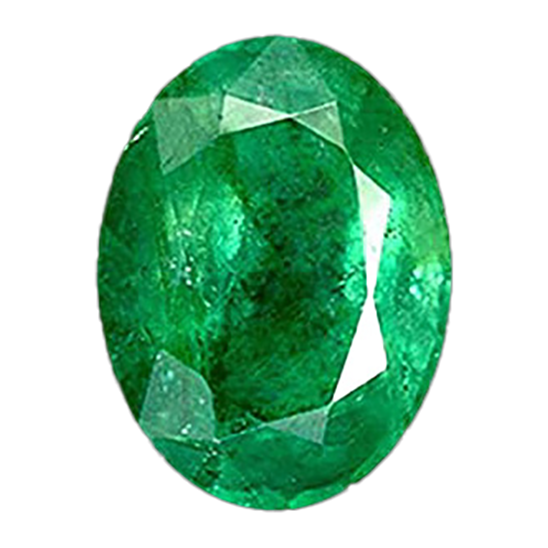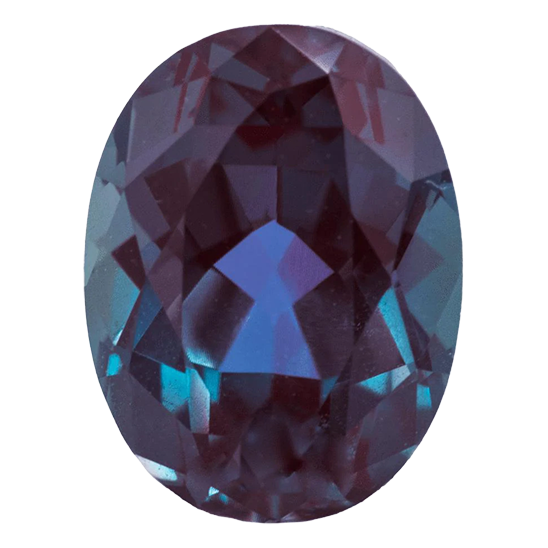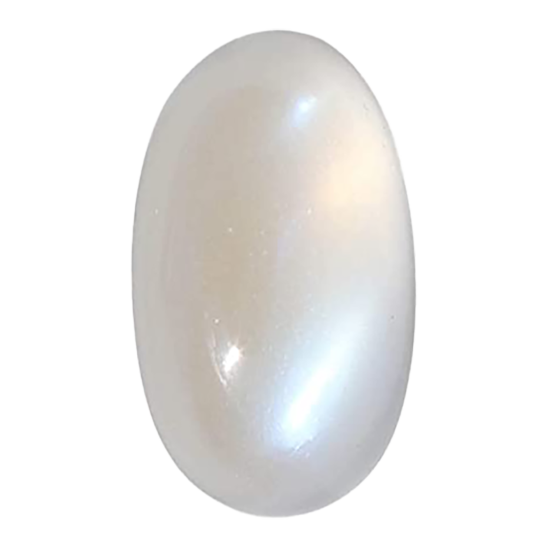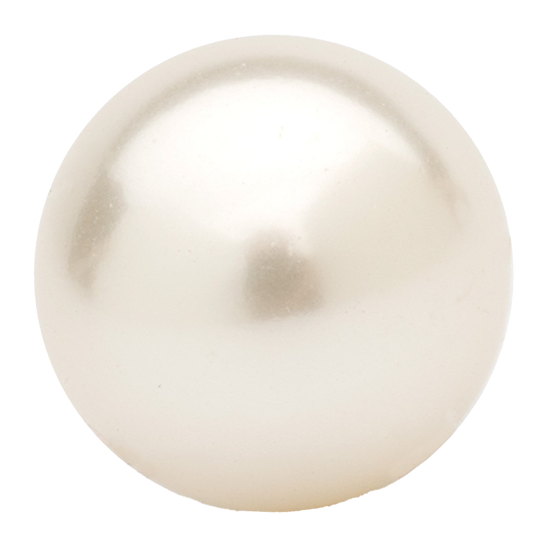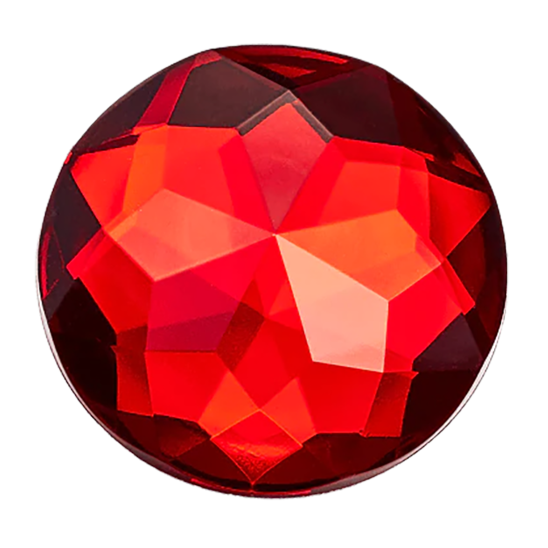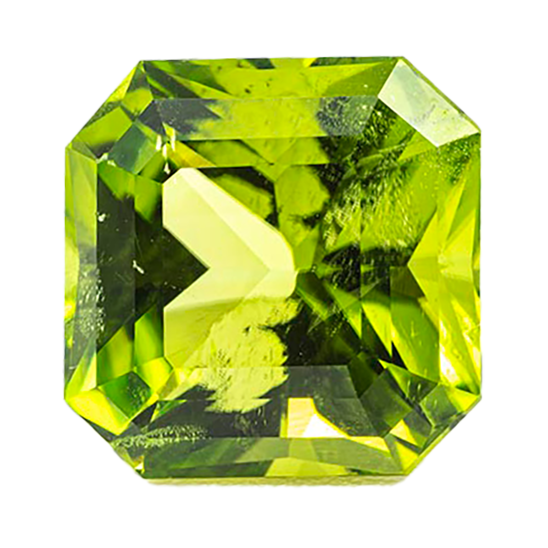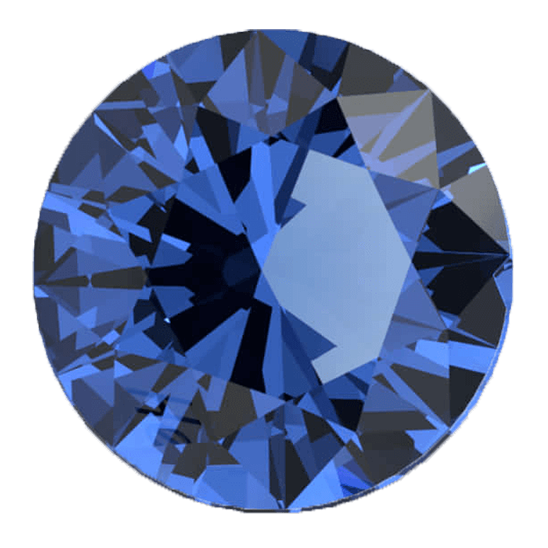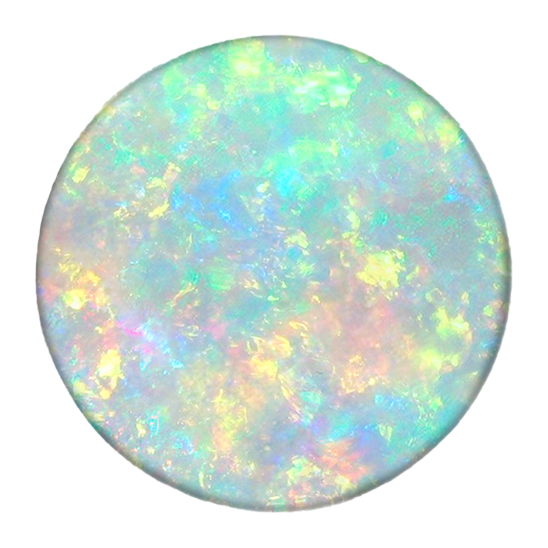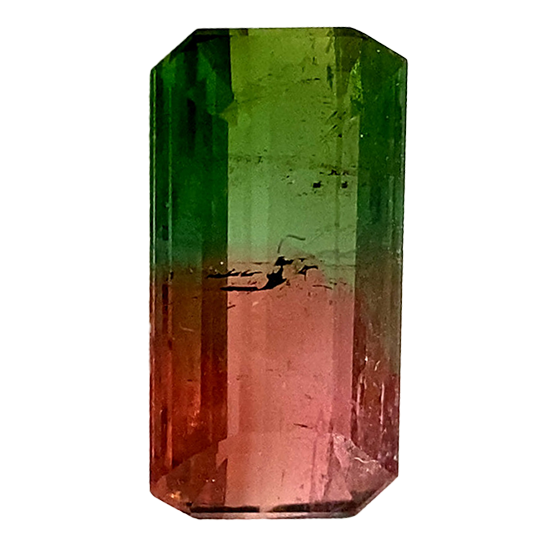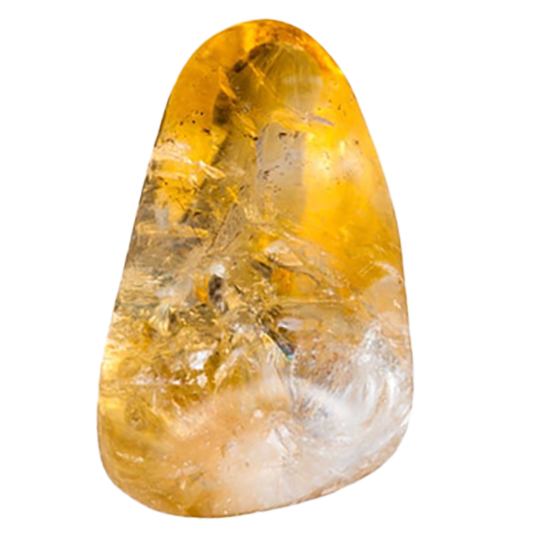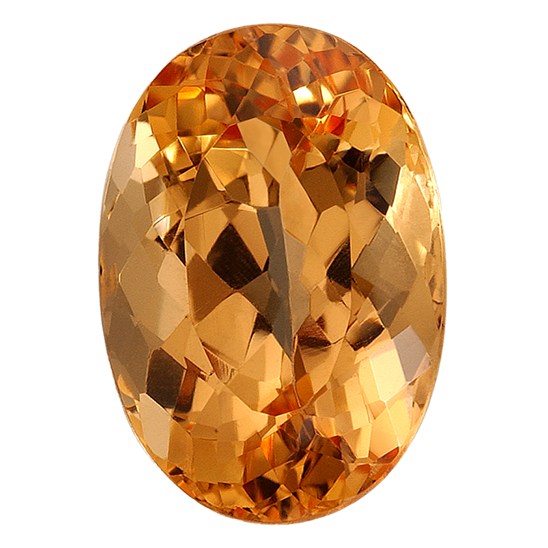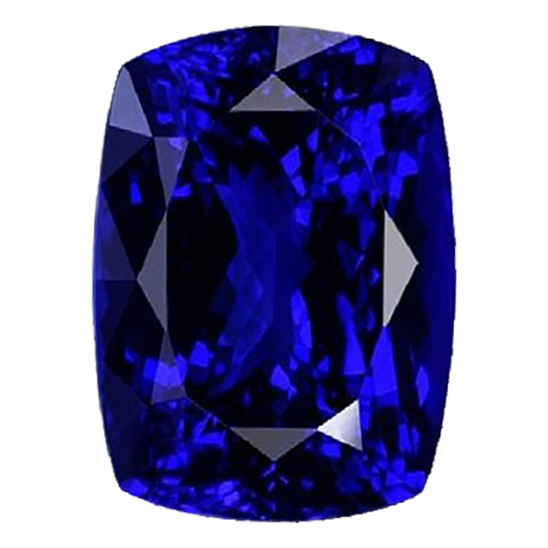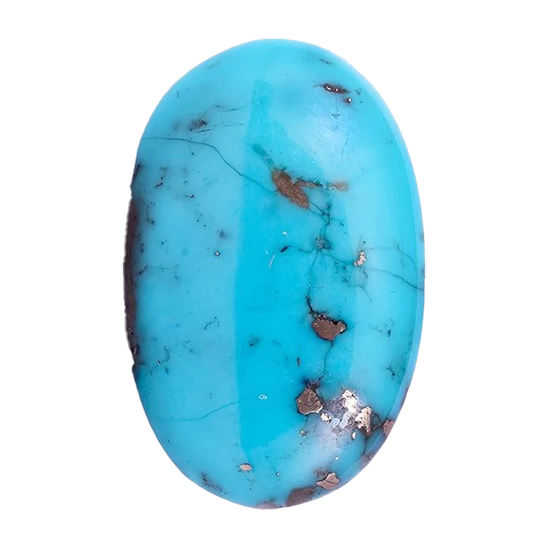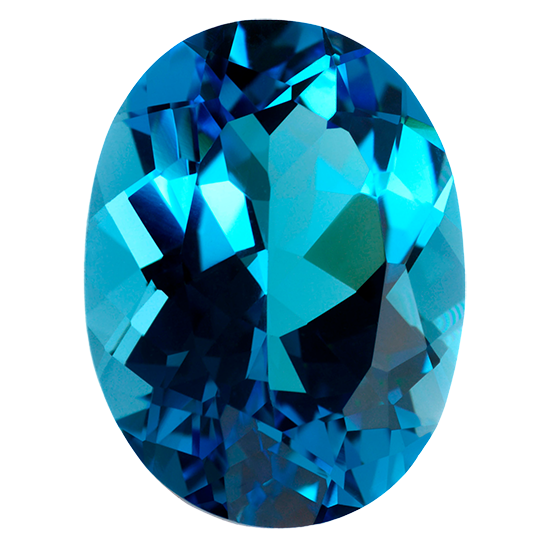Since time immemorial, mankind has been infatuated by the sparkle and allure of gemstones. For every new type of gemstone discovered there is major hype and fanfare that surrounds it, especially if the gem is a rare one. Musgravite may have only been discovered a few decades ago, but the mystery that surrounds these gems is fascinating.
Gemstones have been described as the tears of the gods and fragments of stars. One look at a musgravite gemstone and you can see why they are so fondly named. Being one of the rarest gems in the world makes musgravite a special stone that is likely to hold great value for many years to come.
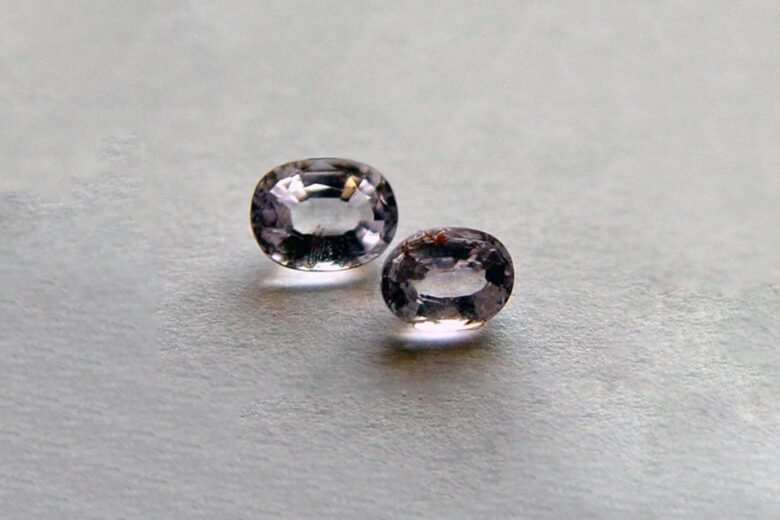
| Musgravite Colors | Gray-green to purple |
| Zodiac Signs | None |
| Hardness Scale | 8 – 8.5 on Mohs Scale |
| Mineral Class | Taaffeite |
| Symbolism | Joy |
What is Musgravite
Musgravite is an oxide mineral that forms part of the taaffeite family of minerals. This gemstone was first discovered in 1967 in the Ernabella Mission of the Musgrave Ranges (after which it was originally named) in Southern Australia. Musgravite was renamed magnesiotaaffeite-6N’3S due to its chemical composition and structural considerations. However, it is still commonly known as musgravite to many in the gem trade. Musgravite is a beryllium-aluminum oxide and is mainly composed of magnesium, iron, and zinc.
Musgravite is one of the rarest and most valuable gemstones in the world and its hardness of 8 to 8.5 on the Mohs hardness scale makes it sought after by jewel collectors. It is however one of those rare gemstones that you cannot simply walk into a jewelry store and expect to find readily available. You are most likely not going to find musgravite easily on the open market. To put things into perspective, as of 2005 only 8 gemstone-quality musgravite were mined in the world. This is a clear indication of the rarity of this stone.
What does Musgravite look like
Musgravite ranges in color from colorless to purple and gray to greenish-gray. Purple musgravites are the most desirable color of musgravite. They are transparent to translucent gemstones. Finding tested and certified musgravite can be a difficult, time-consuming task due to the exceptional rarity of these stones.
Musgravite is a gem labeled as “a rarity among rare” by the GIA (Gemological Institute of America). They have listed musgravite as one of the gemstones on their research examination “want list”. In 1993 the first sizeable gem-quality musgravite was found that was large and pure enough to be cut and shaped.
Three of the largest specimens of musgravite on the market are owned by US-based company Ophir Collection LLC. These are thought to be the largest cut musgravite gemstones in the world:
- The 16-carat purplish-gray musgravite from Sri Lanka. Initially billed as the largest cut musgravite in the world, this gemstone is still an especially rare find. Sold in 2021 on auction for $800,000.
- The 21.07-carat Ophir Red Musgravite is the largest red musgravite and the third-largest musgravite in the world.
- The 22.64-carat Ophir Musgravite was initially recognized as the largest cut musgravite in the world by the Guinness Book of World Records. It has since lost the title to an even bigger musgravite gemstone.
- The 214-carat Ophir Grand Musgravite is the largest cut musgravite to be certified by the GIA. It was initially thought to be a taaffeite gemstone but was later graded as a musgravite gemstone.
The value of Musgravite
The price of gemstones is usually determined by demand. Rarity and price don’t necessarily go hand in hand when it comes to these sparkly wonders of nature. The average buyer is unaware of the musgravite gemstone, making its demand not as high as it should be.
A good example is diamonds, which can become extremely expensive but not all diamonds are as rare as musgravite. Since more buyers are willing to pay for rare diamonds in the open market they attract a higher value. Musgravite is extremely rare and therefore can sell from $6,000 up to $35,000 per carat. Comparatively, more commonly available diamonds can range in price from $1,800 to $12,000 per carat.
Musgravite is one of those gemstones whose value will only grow as there are so few specimens on the market. It is seen as a lucrative investment for gem connoisseurs around the world.
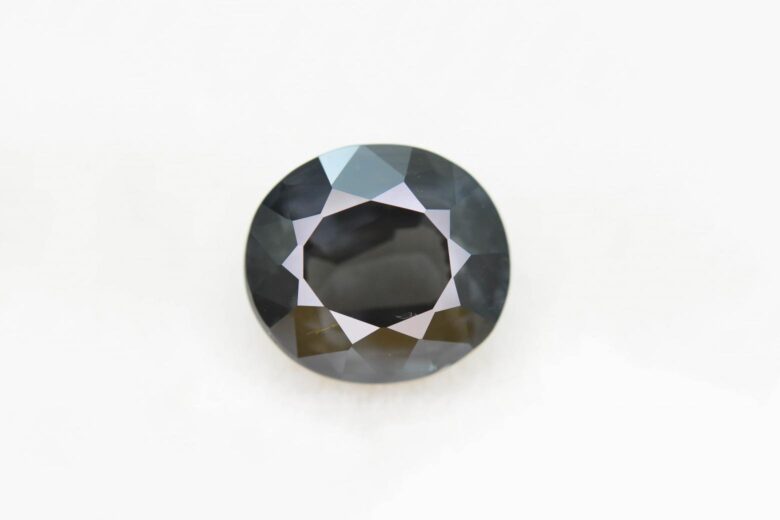
History and mythology of Musgravite
Since ancient times, many cultures have been intrigued by gemstones which were seen as gifts from nature. They have been used to heal and energize the body, mind, and spirit. Although musgravite is a fairly recently discovered gemstone, all gemstones have formed part of earth’s history. The myths and legends around musgravite are therefore not recorded as such and could possibly have been referred to as other gems in ancient times.
Musgravite’s meaning and symbolism
Musgravite can be used as a talisman to benefit the user in many ways. Musgravite’s high magnesium content may benefit in meditation since magnesium has soothing and calming properties.These gemstones like many others are used to relieve stress, boost positive energy, and bring joy and peace of mind. For those lucky enough to source a musgravite gem, they can use it to enhance positivity in health, work, relationships, and academics.
Where does Musgravite come from
Musgravite was first found in the Musgrave Ranges in South Australia. Thereafter a few deposits were discovered in Greenland, Sri Lanka, Madagascar, and Tanzania. Finding gem-quality musgravite is rare and the variety that can be faceted has mostly been sourced in Tunduru, Tanzania, Mogok (Myanmar), and not from the Musgrave Ranges.
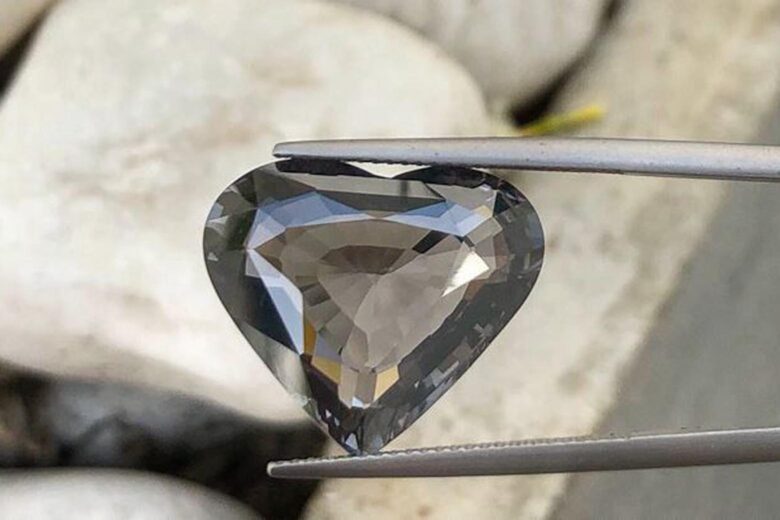
Musgravite and Zodiac signs
Musgravite is not used as a traditional birthstone and it is not linked to any of the zodiac signs.
Musgravite gemstone family
Musgravite is an aluminum oxide mineral that is part of the taaffeite mineral family. Musgravite and taaffeite are so closely related that many of their physical properties and chemical composition overlap. This makes it difficult for gemologists to distinguish between the two as the separation is based on the magnesium content.
The one sure way to determine which gemstone is musgravite and which is taaffeite is to use x-ray and Raman spectroscopy. Only a handful of gem-quality musgravite has been found throughout the world. Gemologists call for anyone who suspects they may have a taaffeite or musgravite gem to bring it in for examining. There could possibly be a few gemstones out there that have been labeled taaffeite when they are actually musgravite.
Birthstones chart
Find your birthstone by month
Musgravite gemstone uses
Musgravite is extremely rare and therefore not readily available. Those few musgravite gemstones on the market have mostly been used for jewelry due to the durability of the stone and the brilliant sparkle it shows from the faceted gems.
Frequently asked questions about Musgravite
The beauty of the color and fire present in musgravite make it ideal for use as a gemstone. It is also sought after for its crystal healing ability.
No, musgravites are not diamonds. They are rare oxide minerals that form part of the taaffeite gemstone family.
The purple musgravites are some of the rarest types of musgravite. Although every musgravite found so far has been classified as extremely rare.
Taaffeite is one of the rarest gemstones in the world. Other rare gemstones include painite, musgravite, and pink, red and blue diamonds.
